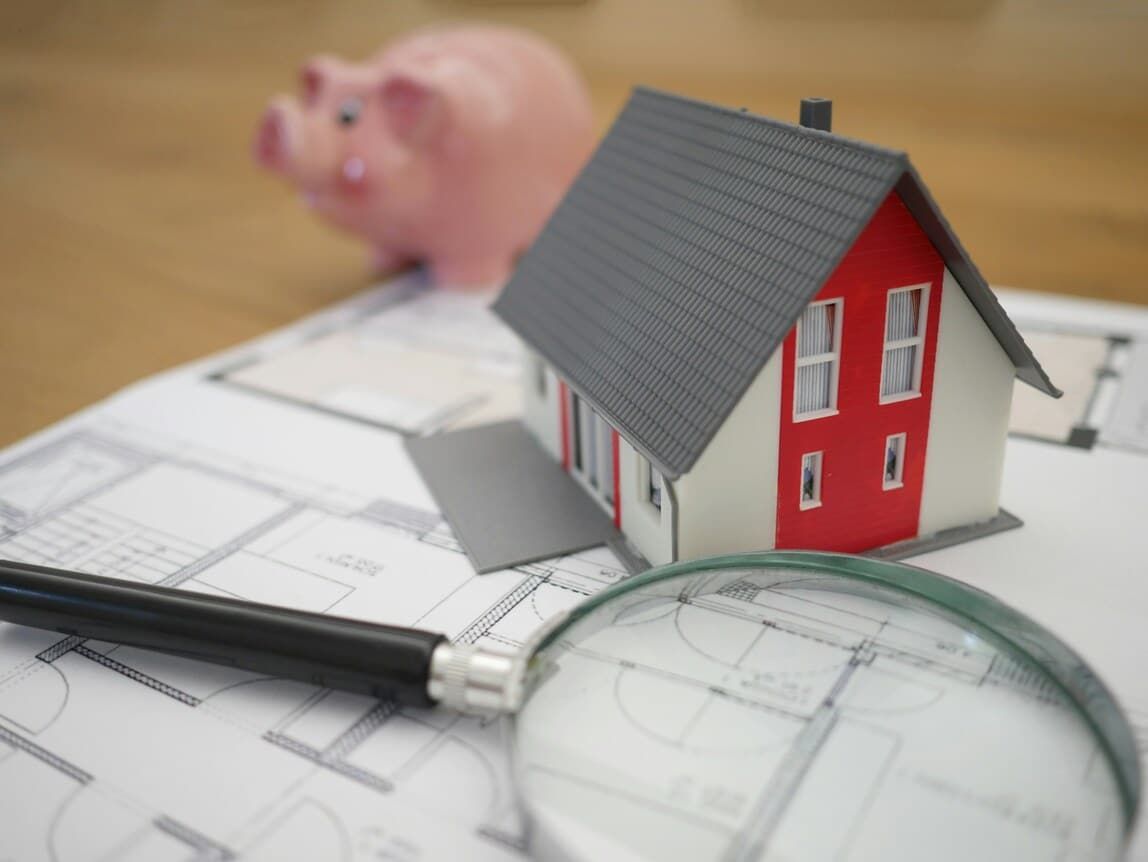
Buying a home is one of the biggest financial and emotionally charged decisions you will likely make this year. Whether you are a first-time buyer or homeowner looking to move up the property ladder, buying a home can be full of stress, worry, and sleepless nights. However, with careful research and planning, buying the dream home you have always wanted can become a reality.
This step-by-step guide will help you confidently navigate through the home buying process. From deciding on a budget and finding the perfect property to exchanging contracts and moving in, you’ll learn everything you need to know about buying a home.
Determine your budget
The first step when buying a home is to calculate how much you can afford. To do this, take into account your monthly income, current debt obligations, and estimated monthly expenses. Generally, keeping your debt-to-income ratio below 20 per cent helps you qualify for the best mortgage rates.
Mortgage lenders also consider your loan-to-value ratio (LTV). LTV is the amount of the mortgage minus the deposit. For example, suppose you require a mortgage for £200,000 and can pay a deposit of £30,000. In that case, your deposit covers 15% of the house price; therefore, your LTV is 85%.
You can use a mortgage calculator to get a rough idea of how much you can afford.
However, it is crucial to factor in the additional costs of buying a home. These extra costs and fees include the following:
- Stamp duty
- Deposit
- Valuation fee
- Surveyor’s fee
- Legal fees
- Estate agents fees
- Electronic transfer fee
- Mortgage fees
On average, the additional up-front costs (including the deposit) to buy a typical house in the UK is £33,000.
In addition, you will need to budget for the usual costs of managing a house – council tax, monthly mortgage payments, homeowners insurance, maintenance, and running costs.
Decide where you want to live, location, property type, size and other qualities
One of the most important steps in the house-buying journey is deciding where to live. First, you should consider location, property type, size and neighbourhood.
Then is crucial to narrow down the specifics of the location. For example, do you need to be close to schools, public transport, local amenities and green spaces? What other features are crucial that matter to you?
Remember, you will probably live in your home for several years. So, it makes sense to consider all your options wisely before deciding on a property.
Choose your property and make an offer
Once you’ve found a property that meets your needs, it’s time to make an offer. But how can you make a fair offer? Researching the selling prices of comparable properties in the area is a good idea. This gives you an idea of what kind of offer to make.
But a few additional variables can affect how much to offer. Here are a few to consider:
- Condition of the property
- How long the property has been on the market
- Are there appraisal contingencies that need to meet?
- Do you already have financing in place, like a decision in principle for a mortgage?
You can make an offer through your real estate agent. And if your offer is accepted – congratulations, you are a step closer to owning your dream home.
Get a solicitor or conveyancer
If the seller accepts the offer, it’s time to hire a conveyancer or solicitor. During the conveyancing process, searches on the property take place to ensure there are no outstanding legal issues on the property. Additionally, property surveys determine land boundaries and any restrictions on the property. The conveyancer also gives legal advice and transfers the money to pay for the property.
Arrange a survey
An important step in the home buying process is to arrange a property survey. Typically, a mortgage lender will require a valuation survey to determine if the house is worth paying for. This step ensures the mortgage company doesn’t lend money to purchase an overvalued property.
However, you may want to arrange a homebuyer report. Also called a property survey, this assesses the property’s structure and provides a detailed report on its condition and any issues that may need addressing. This is useful to ensure no nasty repair surprises after you purchase the property.
Negotiate
Depending on the results of the surveys, you may be able to negotiate your initial offer.
Here are two possible scenarios:
- The mortgage valuation is lower than the purchase price. Therefore, you could ask the seller to drop the price so you can get mortgage approval.
- The house survey flags serious issues with the property’s condition. Then, you can negotiate with the seller to fix the issues, drop the selling price, or walk away from the deal.
Finalise your mortgage and arrange your deposit
The next step is to apply formally for your mortgage. Of course, long before this step, you should have researched the best mortgage deals for your budget needs and received an agreement in principle from a mortgage broker. At the same time, the conveyancing solicitor ensures funding for the deposit is secured.
Agree on moving in – moving out terms
Before the final steps in the house-buying journey, you must negotiate the completion date – the day when the current owner hands over the keys. Your estate agent will also convey these dates to the rest of the chain.
This is also the time to contact a removal company.
Exchange contracts
Exchanging contracts is when the purchase agreement becomes legally binding. Neither you nor the seller can back out without heavy financial losses.
Before the exchange of contracts, all the paperwork is in order, surveys are completed, and the completion date is agreed upon. The last step is to sign the contracts and transfer the deposit.
At this point, you should already have buildings insurance in place because you are the legal owner, albeit you don’t yet live there. Completion day typically occurs seven to 14 days after the exchange of contracts.
Complete the purchase and move
On the day of completion, your conveyancing solicitor transfers the rest of the money to the seller’s bank account. You can then collect the keys from your estate agent and move into your new home.
As you may see, the buying process is not as simple as grocery shopping, therefore we encourage you to read 10 reasons why hiring an estate agent might be beneficial for you.
Are you looking to buy a property in Harrow on the Hill?
Are you considering buying a house in Harrow on the Hill or the surrounding areas in Harrow? If so, contact a member of the team, send us an email, contact us via phone or pop into our office for a consultation at our landmark office at The Old Fire Station, 90 High Street, Harrow on the Hill, HA1 3LP.
Share this article
More Articles
Sign up for our newsletter
Subscribe to receive the latest property market information to your inbox, full of market knowledge and tips for your home.
You may unsubscribe at any time. See our Privacy Policy.



